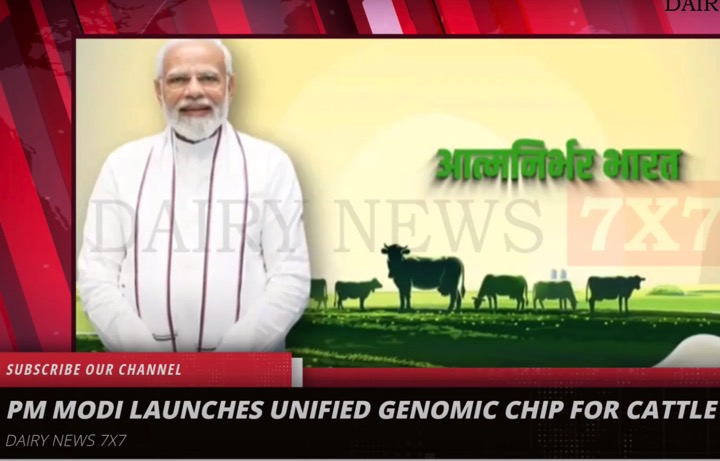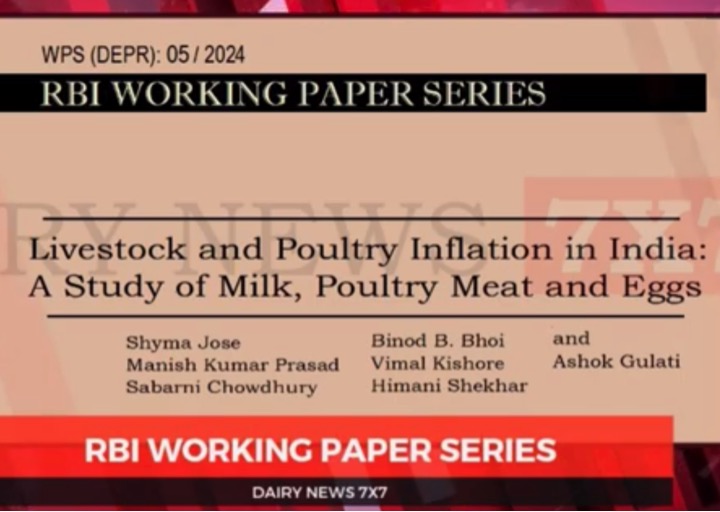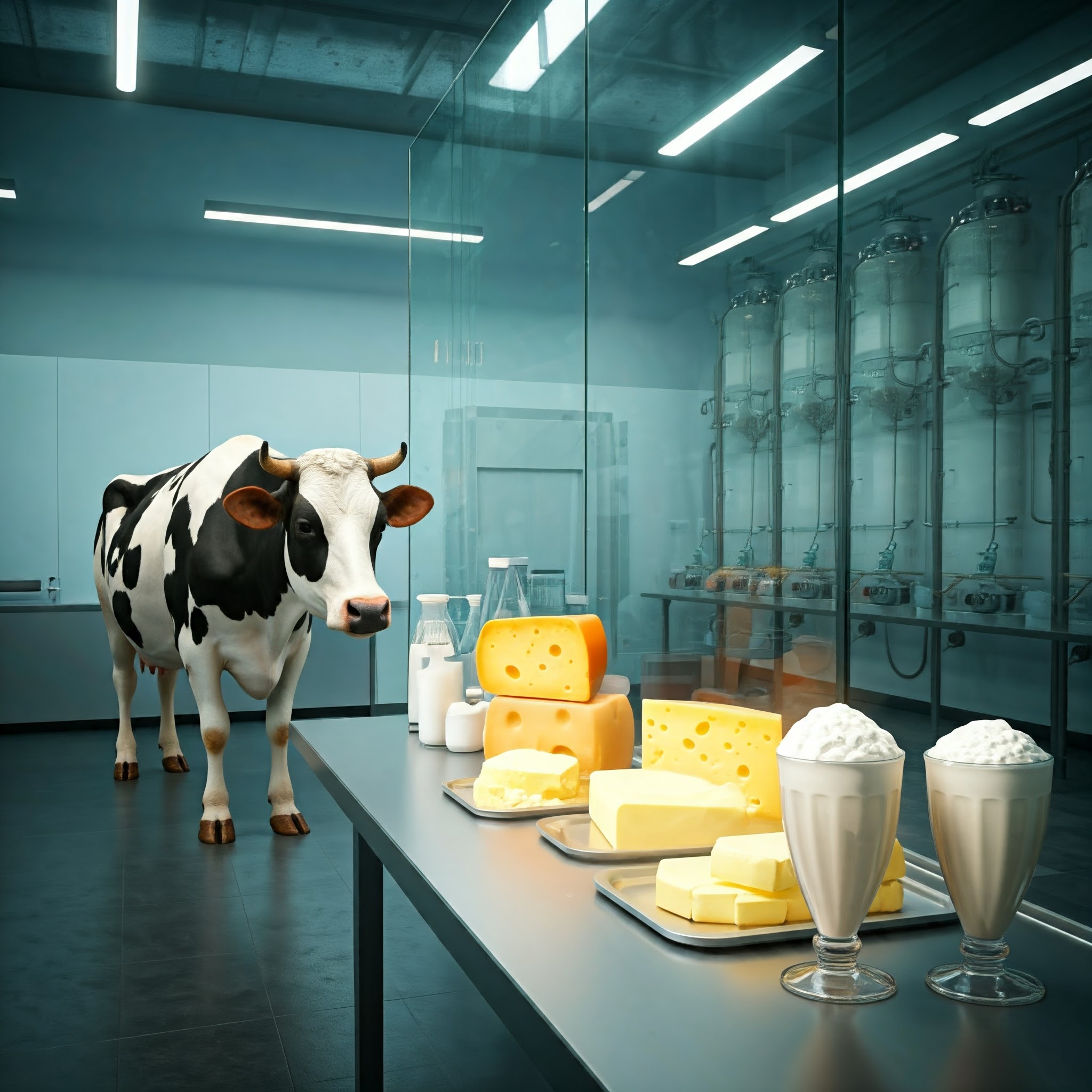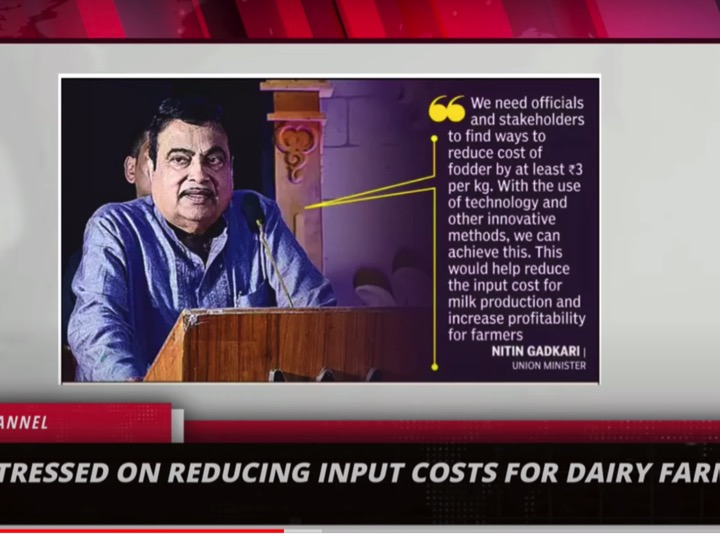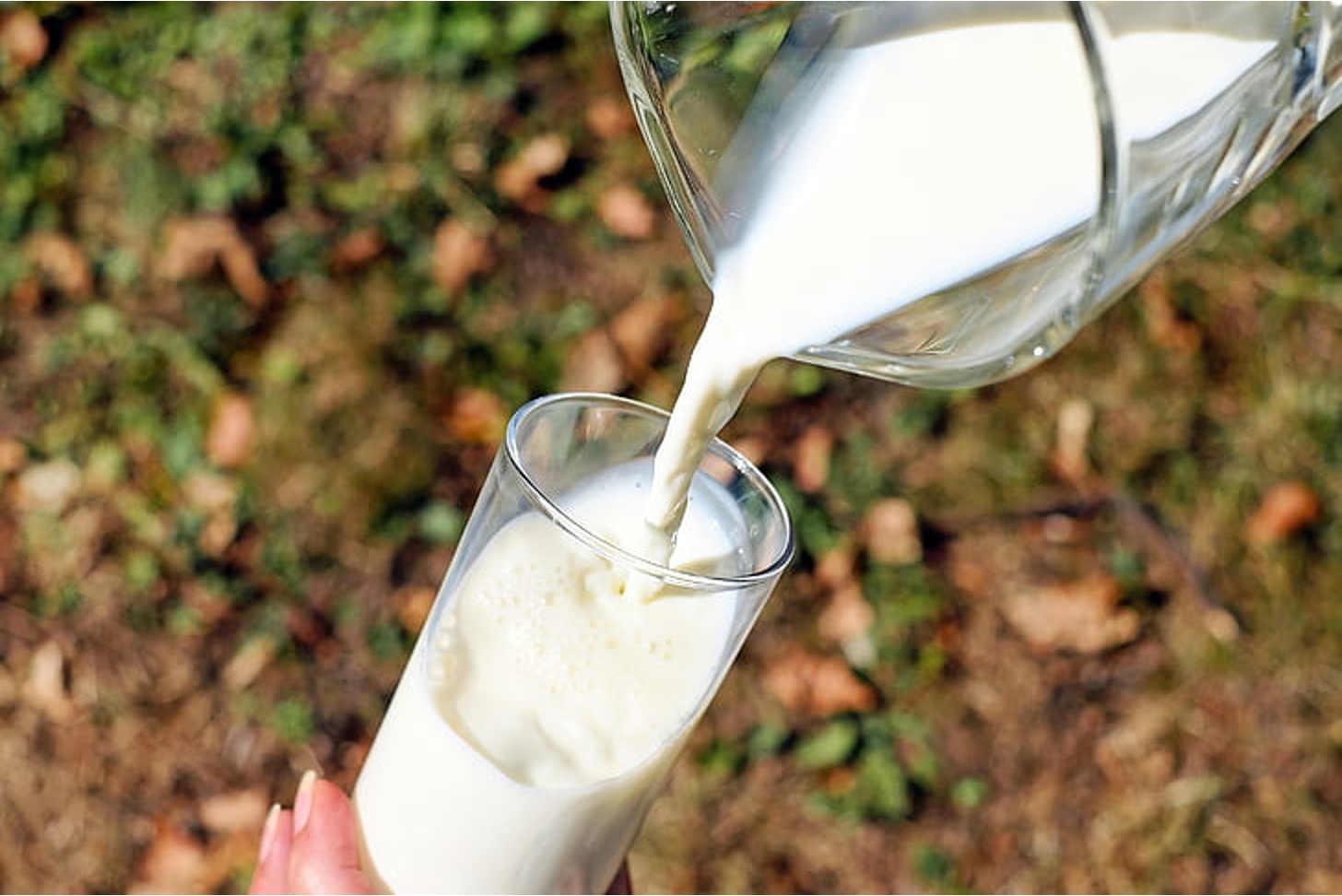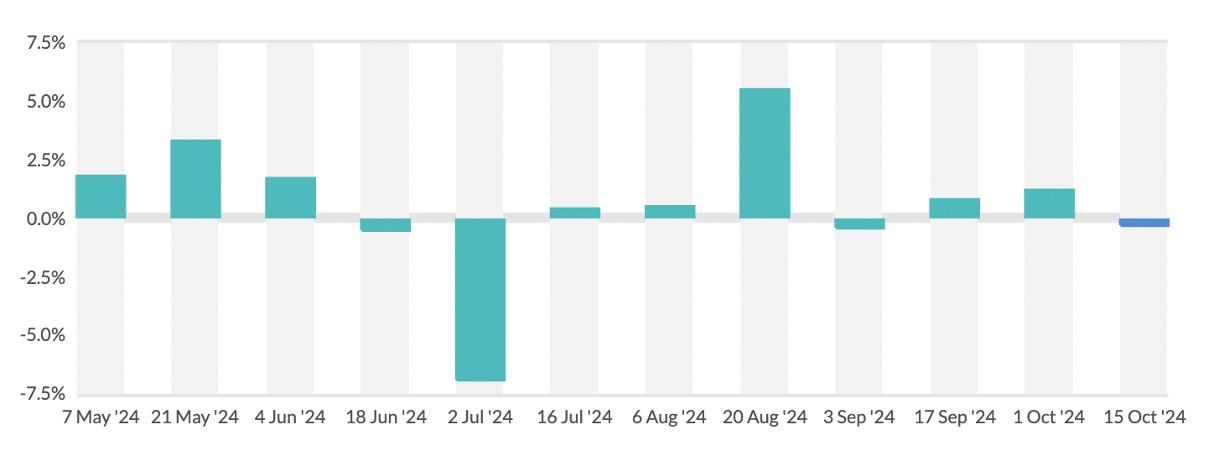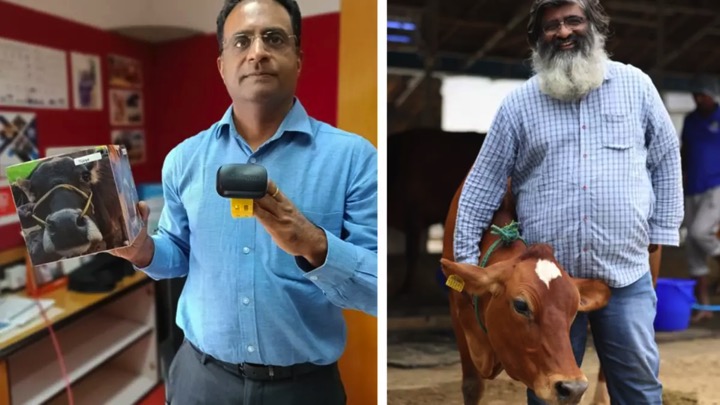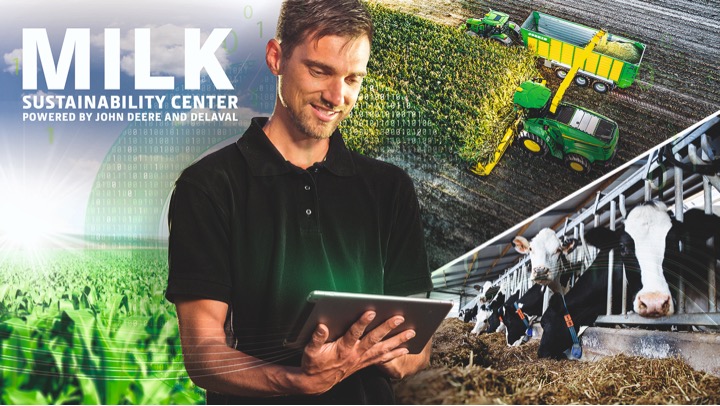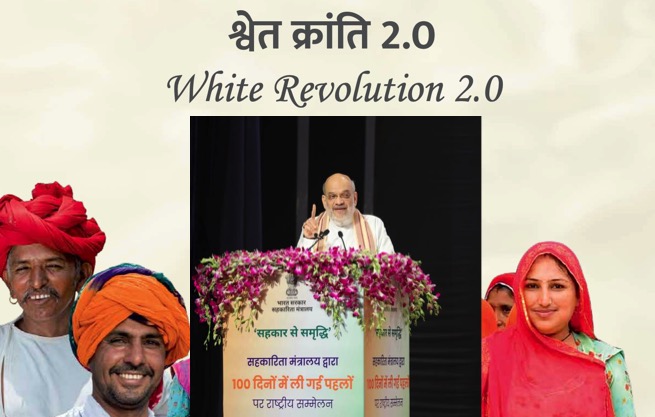“We are One Earth, One Family and weshare One Future”, thus opens the G-20 New Delhi Leaders Declaration. The Preamble to the Declaration goes on to affirm that the leaders are committing to the theme “Vasudhaiva Kutumbakam” because “we meet at a defining moment in history where the decisions we make now will determine the future of our people and our planet. It is with the philosophy of living in harmony with our surrounding ecosystem that we commit to concrete actions to address global challenges.”
One of the major challenges the Declaration, through one of its several resolutions, seeks to address is “Accelerating Progress on Sustainable Development Goals (SDGs).” While making this commitment is an admission that “at the midway point to 2030, the global progress on SDGs is off-track with only 12 percent of the targets on track.”
A stated objective of this resolution, in harmony with the Vasudhaiva Kutumbakam theme, is “Strengthening Global Health and Implementing One Health Approach.” How? It explains, “Promote One Health-based approach driven by the Quadripartite’s One Health Joint Plan of Action (2022-2026)” and “Implement and Prioritise tackling Antimicrobial Resistance (AMR) following One Health Approach…” While we must recognise the positive development of a mention of One Health in the Declaration, one cannot help bu notice that besides the title and the brief mention quoted above, there is no further discussion or elaboration of the issue or what the future plan would entail. Adoption of the One Health Joint Plan of Action of the Quadripartite is pragmatic advice, but then further mention is made of only the World Health Organisation (WHO) to the total exclusion of the other three participants of this Quadripartite viz., the World Organisation of Animal Health (WOAH), the Food and Agriculture Organisation (FAO) and the United Nations Environment Programme (UNEP).
There is not even a whisper about animal health in this discourse on One Health and AMR, even though the outrightly stated objectives and expected outcomes of the joint plan of action of the Quadripartite are “a world better the challenge to management of human and animal health posed by AMR, it is also important that we accept that antimicrobials are as essential for protection of livestock, poultry and fish health as they are for human health.
After all, these are substances that can destroy disease-causing pathogens,and thus have been widely used for prevention, control and treatment of diseases and infections. In fact, centuries ago civilisations as far apart as Egyptian, Chinese, Indian etc. made use of molds to treat wounds, recognising their efficacy even though they may not have understood the science behind this practice.
Like people, animals fall sick too; and develop symptoms quite similar. So, antibiotics have been an integral part of the animal husbandry system. At first the usage was confined to treatment of sick animals graduating to surgical practices including Caesarian section in farm cattle.
Later on, with a moderate intensification of livestock farming the usage of antibiotics included disease prevention and growth promotion. It is here that the controversy arose and the entire bouquet of woes of human health were attributed to Antimicrobial Resistance (AMR) on account of its infiltration into the human food chain through livestock. While prudent use of antimicrobials is critical to treat animal diseases, inappropriate and excessive use in both human and veterinary health care exacerbates the problem as AMR is a phenomenon which otherwise also occurs naturally over a period of time.
Each and every use of antimicrobials in people and animals is an opportunity for the micro-organisms to develop greater ability towards resistance over a period of time. Codex Alimentarius, a collection of aimed at protecting human health, calls AMR “a major global threat of increasing concern to human and animal health.” This description may appear dramatic and an exaggeration, however, it is well established that presence of antimicrobial resistant microorganisms in agriculture production systems and food chain is a potential route of exposure for everyone.
FAO attributes about 7 lac human deaths a year to AMR related infections. Once the food chain gets contaminated, AMR can spread among different hosts and environments. 70 to 80 percent antibiotics given to fish are excreted into water, so obviously they spread far and wide through the water systems.
Similarly, 75 to 90 percent antibiotics are excreted from animals unmetabolized, entering the environment posing threat to both human and animal health. Development of a new antibiotic calls for several years of painstaking and dedicated efforts coupled with an investment of millions, if not billions, dollars. Therefore, it is our collective responsibility to make sure that our current arsenal of antibiotics remains effective for generations to come, and it effectively safeguards tomorrow’s health. When it comes to use of antibiotics in the veterinary sector, we are in a data poor situation. In an approximately above US$ 25 billion global animal health market, the estimates of consumption of 27 different classes of antibiotics, as made by the FAO, vary between 63,000 to 2,40,000 tonnes per year.
60 percent of all antibiotics produced are used in animals and even the future growth of more than 65 percent is projected to be in the livestock sector. FAO assesses that in poultry and piggery its use will double in the current decade. Antibiotics are a boon for protection of human and animal health when their role is confined to treatment of diseases, but when misused or consumed indiscriminately for scientifically unsubstantiated purposes such as growth promotion, they result in AMR pathogens risking the food systems, livelihoods and economies.
A balanced and rational approach is to recognise both the immense benefits of antibiotics in human and animal health systems as also the potential threats of imprudent consumption. And that is precisely what the latest trends substantiate. Contrary to the scandalous assertions being made alleging their “rampant” use, the latest well researched studies establish a reversal in the consumption of antimicrobials in the veterinary field.
“Global antimicrobial use in animals has declined by 13 percent in 3 years marking again a significant shift in the continuous efforts to preserve the efficacy of these critical medicines”, is the conclusion of the World Organisation for Animal Health (WOAH)’s landmark report released this month. Isn’t it a remarkably encouraging progress in able to prevent, predict, detect and respond to health threats and improve the health of humans, animals, plants and the environment while contributing to sustainable development”.
Once again, we seem to have fallen short of a holistic perspective of One Health; the declaration confines expression of concerns for human health against the challenge of AMR. No wonder misgivings about AMR abound and the livestock sector becomes the victim of vilification. The FAO defines AMR as “the ability of micro-organism to persist or grow in the presence of drugs designed to inhibit or kill them. Standard treatments are then rendered ineffective and drugs lose their therapeutic effect. Treatments fail, resulting in illness and mortality in humans and animals.”
While recognising combating antimicrobial resistance? It should also set the record straight which so far has been characterised by plenty of misinformation. As the global authority on animal health, WOAH collects information on the use of antimicrobials in animals each year and publishes its findings in an annual report which provides access to crucial information besides highlighting the efforts made in the animal health sector worldwide.
This latest report showcases a decline also in the use of such antimicrobials as are considered to be of critical importance for human health. An irresponsible global propaganda, supported by a section of ill-informed individuals and groups, has been labelling India as a “hotspot” of AMR, and our poultry farms “spawning superbugs”.
Let the myth be busted. Indian Federation of Animal Health Companies (INFAH) after commissioning an extensive data driven study has published a report recently on “Veterinary Use of Antibiotics vis-a vis Anti-Microbial Resistance (AMR)”.The data rich report puts the total consumption of antimicrobials during the year 2021 in the animal health sector as 963 metric tonnes. This would amount to a mere one percent of the global consumption. Let us remember that we are the biggest livestock population; yet we consume the least. While stating the conclusion, the report does not undermine the criticality of the issue and recognises that “responsible use ofantimicrobials in all species is certainly imperative to minimise” the emergence and transmission of pathogens which may have developed AMR.
The problem is “complex” and requires a “multi-sectoral approach” of collaboration amongst policies related to human and animal health, agriculture and environment; in short an approach encompassing the entire ecosystem. While we must address the concerns, flagged by INFAH too in their report, regarding unregulated use of antimicrobials, in the end, one important data too must be remembered before drawing any inference: 80 percent of antibiotics in the livestock sector are consumed by swine and cattle, primarily cattle reared for beef.
Our cattle farming is a smallholder production system, the average holding size being 2 or so cattle, and there is no rearing for beef; swine farming is negligible. Therefore, the use of antibiotics in our livestock sector is, of course, minimal. Global use in poultry and fish is less than 10 percent each, and here too bulk consumption is only in large organised farms and systems. So why a bad name to us?
Remember Hippocrates, “There are in fact two things, science and opinion; the former begets knowledge, the latter ignorance”.
Source : An article by Sh Tarun Shridhar ,Former Secretary, Ministry of Fisheries, Animal Husbandry and Dairying, Govt. of India as appeared in Indian Poultry review Sep 30,2023







